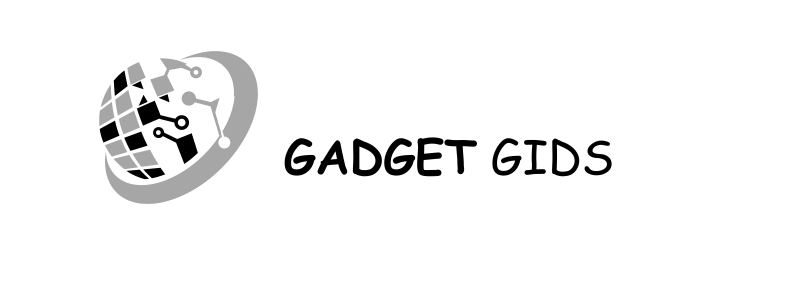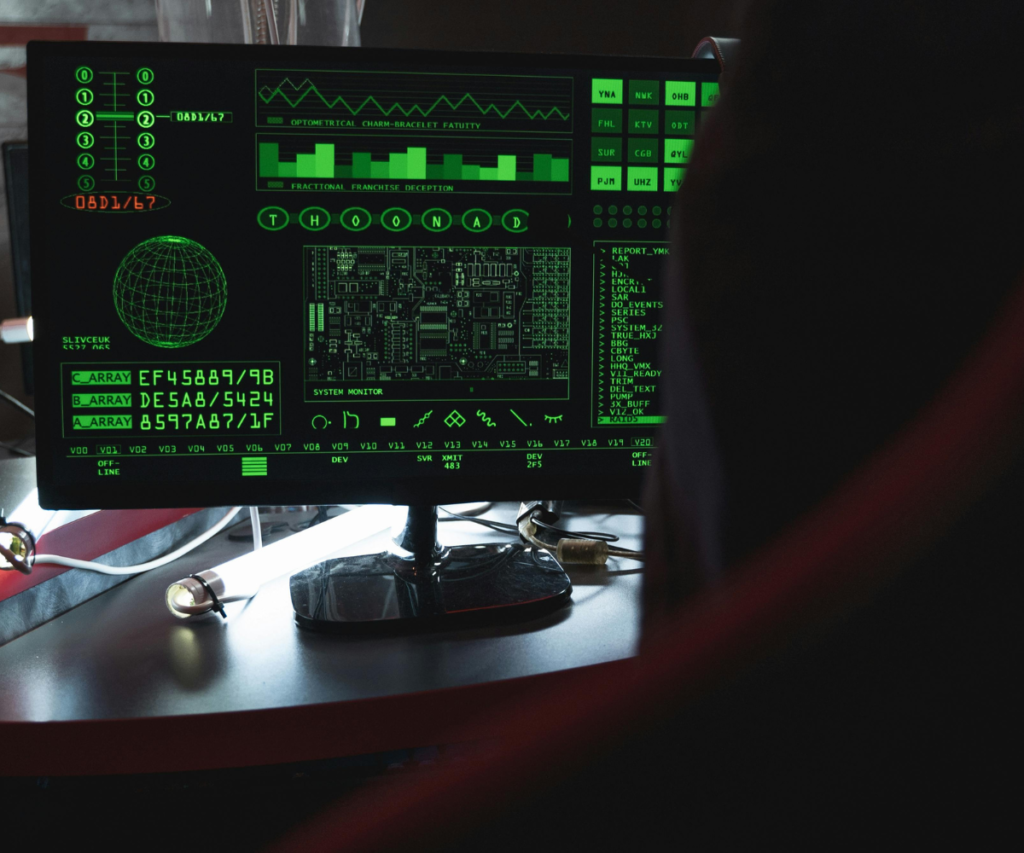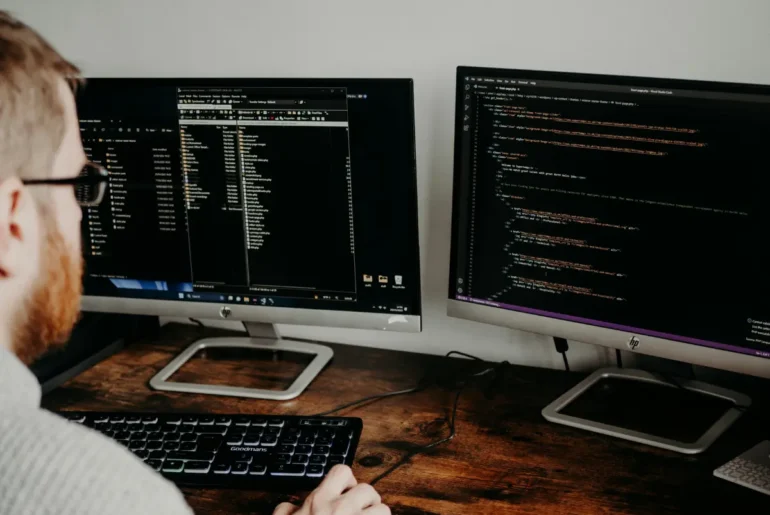Debugging and troubleshooting are indeed very crucial in software development but also very time-consuming in an ever-changing world of software. Think of a world where there exists a computer program that fixes other computer programs that would, by itself automatically identify errors and correct itself. Well, the world may be on the horizon soon as scientists consider advanced algorithms in AI and machine learning with the prospect of creating self-healing software. These intelligent systems could not only diagnose bugs but also propose or implement fixes with valuable time and resources, saving much more than previous approaches. This could well be a revolutionary change in our approach to coding, hence making software more reliable and efficient, even autonomous.
6 Ideas For Revolutionizing Bug Fixes Through Automation
Autonomous Code Auditing and Repair
A computer program that fixes other computer programs would be revolutionary for the software developing industry. Advanced machine learning algorithms with these autonomous systems will identify the problem or bugs in the code and be able to provide solutions themselves, or at least offer one, and then apply the said solution in real-time, thereby saving the developer hours working on bug-fixing, so their time is used for adding feature and enhancing system performance.
Beyond mere error detection, the concept of self-auditing and repairing autonomous code transcends simple notions. The notion is a program that continues to self-audit and optimize, where lessons from previous fixes enhance responses moving forward. Programs may learn from previous fixes, integrating AI with self-healing, in such a way that challenges to such programs do not need to be addressed by human means; this would be the kind of reliable, efficient software the world needs.
Error Correction Without Human Intervention
The concept of a computer program that fixes other computer programs introduces a whole new era of error correction without human intervention. With these self-correcting programs driven by sophisticated AI algorithms, it is possible to identify bugs, vulnerabilities, and inefficiencies in real time, often before it affects the user experience. In this way, by understanding patterns in the code, the fixes can be implemented or improvements suggested, reducing constant oversight and manual debugging.
This error-correcting methodology on its own can have several benefits for developers—fewer interruptions and quicker times to market. As these programs develop, they may learn better ways of dealing with intricate issues and use knowledge about the types of mistakes they have made previously in an effort to avoid doing them again. Ultimately, computer program that fixes other computer programs could dramatically lower the costs of development and greatly accelerate the production of quality, bug-free software, allowing for the practice of coding both more rapidly and reliably.
Code-Repairing Algorithms in Action
Code-repairing algorithms empower computer program that fixes other computer programs, capable of automatically detecting and solving bugs within existing software. These algorithms utilize machine learning and pattern recognition to understand the structure of code and can find errors that might not otherwise be detected. The program can then suggest a correction for the flaw, so it is corrected without any human intervention. This functionality ensures that the software remains functional and efficient, hence making the development process even easier by handling common or repetitive errors independently.
As code-repairing algorithms mature, they will know more about the intricacies of many programming languages and development environments. The more past fixes they learn from and the more new codebases they analyze, the better the algorithms will be able to predict and prevent future errors. And that will be a computer program that fixes other computer programs in a self-improving cycle, maintaining and refining code with little human supervision, speeding up the development cycles and yielding much more solid software products.
Intelligent Systems for Flawless Code
This development of intelligent systems for flawless code represents a major milestone in programming by allowing computer program that fixes other computer programs. These intelligent systems, powered by advanced artificial intelligence and machine learning, are designed to autonomously detect, analyze, and correct bugs in real time. By learning from massive amounts of data and experience, these applications begin to recognize vulnerabilities and optimize performance while improving code quality automatically, without human intervention, so that the software runs seamlessly and efficiently.
Now developers are free from the arduous process of debugging and long search for errors. Programs now repair themselves automatically because it may identify common errors so they will not escalate in problems. It can, therefore update and release faster as systems do routine maintenance to enable more free time for developers for innovating and developing more features of applications. This has indeed transformed the coding process into the best possible way it has ever been, really helping software reliability.
Code Resilience Through Self-Correction
With its source from a computer program that fixes other computer programs that heal themselves, such emerging ideas of self-corrective code resilience provide software to self-correct errors and inconsistencies and even performance bugs by their own means without a manual trigger. With this high advancement of AI and ML in computer programming, the said codes may now adapt to every form of coding environment to even manage highly complex issues by becoming capable and stable about changing conditions.
This introduces another layer of resilience to code maintenance by virtue of the capacity of computer programs to correct other computer programs. It does not have to sit back and wait for bugs that might arise and are diagnosed manually. These self-correcting systems monitor and repair in real time. It results in both better software performance as well as less downtime in a more efficient cycle. By encouraging self-correction, these intelligent systems ensure non-stop, uninterrupted software operations, thus providing a smooth user experience and reducing expensive errors.
The Future of Coding: Programs That Fix Themselves
The future of coding is rapidly evolving toward programs that can fix themselves; this was made possible with computer program that fixes other computer programs. These self-sustaining systems, powered by AI and machine learning, could automatically find bugs, code analysis, and apply fixes on their own without human intervention. Being able to learn from patterns and past errors, these programs may be capable of addressing these issues in real-time for software not to be bug-filled and workable. This will cut down the debugging and maintenance time and effort to a very small fraction, freeing up developers to innovate and develop new features.
When the technology matures, the computer program that fixes other computer programs will be indispensable tools in software development. Their self-correcting ability increases productivity but also ensures more reliable and efficient software. These programs will fix fewer manual errors, update in a faster timeframe, and get better over time. Ultimately, self-correcting programs will change our perception of programming forever, making the practice into a dynamic, self-improving system that ensures optimal code health and performance.
Conclusion
The concept of a computer program that fixes other computer programs forms a pioneering breakthrough in the sphere of software development. As such, through the power of AI, machine learning, and self-healing algorithms, intelligent systems can learn to automatically identify, troubleshoot, and resolve issues in real time. This innovation not only streamlines the development process but also enhances the reliability, efficiency, and resilience of the software. These self-repairing programs are bound to revolutionize the way we code, providing a future where software can be maintained and reduced to the need for human intervention, thereby providing faster, error-free development cycles.





